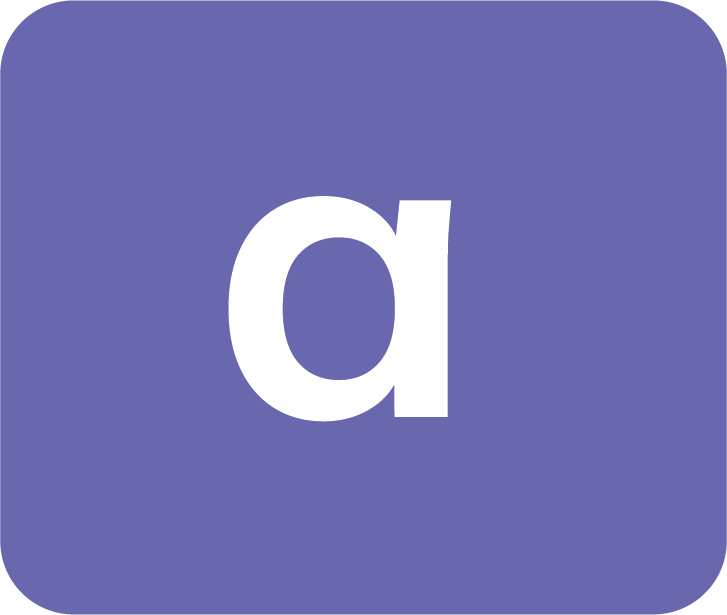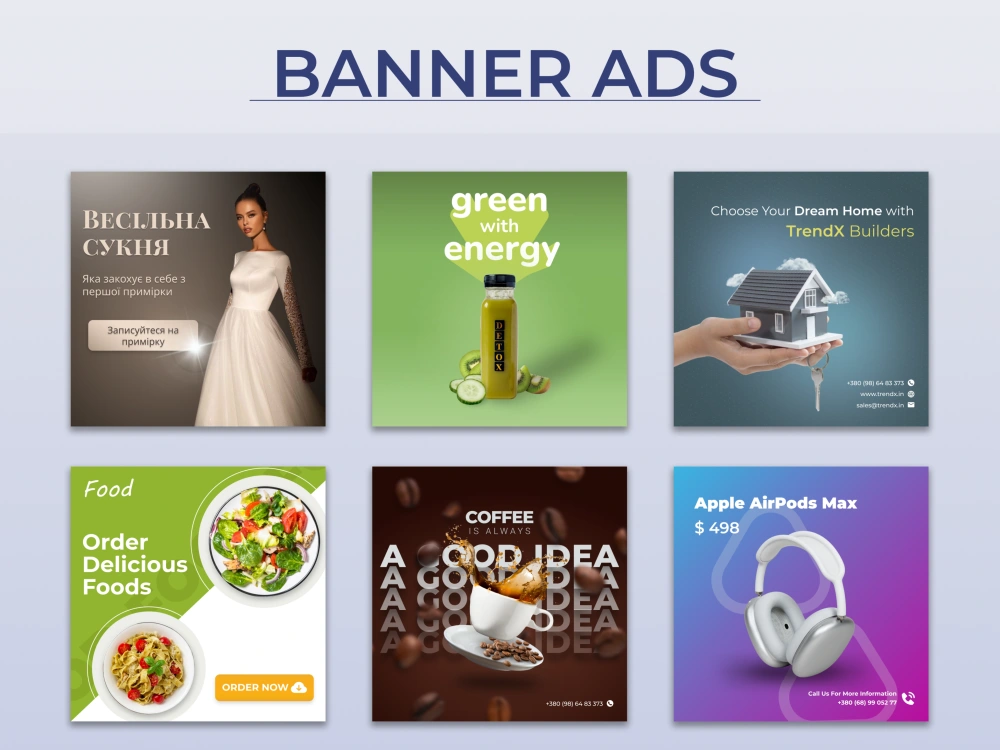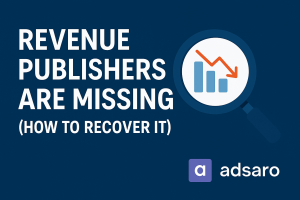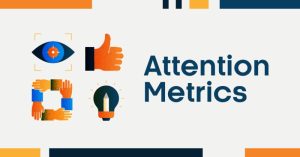In the crowded digital landscape, capturing user attention is a challenge. Eye-Catching Banner Ads, when designed effectively, can be powerful tools for brand awareness, engagement, and conversions. But what makes a banner ad truly eye-catching and effective? The answer lies in the science of visual appeal, color psychology in advertising, strategic banner ad placement strategies, and user behavior. By understanding how the human brain processes visuals and interacts with online content, advertisers can create high-performing display ads that not only attract clicks but also drive meaningful actions. In this blog, we’ll explore the core principles behind successful banner ad design best practices and how they can maximize your banner ad engagement techniques and advertising impact.
1. The Role of Color Psychology in Banner Ads
Color psychology in advertising plays a significant role in capturing users’ attention. Different colors evoke different emotions and influence consumer behavior. The right choice of colors can enhance brand recognition and encourage users to take action. Here’s how different colors impact advertising:
- Red: Evokes urgency, excitement, and passion. It is often used in clearance sales and limited-time offers because it triggers impulsive buying behavior.
- Blue: Conveys trust, security, and professionalism. Brands in the finance, healthcare, and tech industries frequently use blue to establish credibility.
- Green: Associated with health, nature, and sustainability. Ideal for eco-friendly, organic, or wellness-related products and services.
- Yellow: Attracts attention and promotes optimism. This color is effective for call-to-action (CTA) buttons, drawing users’ eyes toward key actions.
- Black: Signifies luxury, power, and elegance. Premium brands often use black to create a sophisticated feel.
Choosing the right color scheme for banner ad design can significantly improve banner ad performance and increase engagement rates.
2. The Importance of Ad Placement and Visibility
Even the most well-designed display ads will fail if they are not placed strategically. The placement of banner ads in programmatic advertising should consider user behavior and heatmaps that show where users focus their attention. Studies suggest that users naturally scan web pages in an F-shaped or Z-shaped pattern, which should influence ad placement decisions.
- Above the Fold: Placing ads in the top section of a webpage ensures maximum visibility, as users do not need to scroll down to see them.
- Near Engaging Content: Ads positioned near high-engagement areas, such as articles, videos, or interactive content, have a higher likelihood of being noticed and clicked.
- Sidebar and Sticky Ads: Placing ads in sidebars or as sticky elements that remain visible while users scroll improves exposure.
- Mobile Optimization: With most traffic coming from mobile devices, responsive banner ads should be designed to adapt seamlessly to different screen sizes to maintain visibility and functionality.
3. Visual Hierarchy and Readability
A clear visual hierarchy in ad design ensures that users process the most important elements first. Effective banner ad design follows these principles:
- Large Headlines: The primary message should be prominent and readable at a glance. Users typically spend less than a second scanning an ad, so text should be impactful and easy to digest.
- Contrasting Colors: A high contrast between text and background enhances readability and ensures that key messages stand out.
- Whitespace Utilization: Too much information crammed into a small space can overwhelm users. A balanced layout with sufficient whitespace improves focus and increases ad engagement.
- Font Selection: Using bold, easy-to-read fonts ensures clarity, especially on smaller mobile screens.
A well-structured banner ad format enhances ad visibility and engagement, leading to better ad conversion rates.
4. The Psychology of Call-to-Action (CTA) Buttons
A strong call-to-action in banner ads is crucial for driving user interaction. The CTA button color, size, and placement significantly impact banner ad engagement. A well-designed CTA can lead to higher click-through rates (CTR) and conversions.
- Action-Oriented Words: Phrases like “Shop Now,” “Get Started,” “Claim Your Discount,” and “Try for Free” encourage immediate action and provide a clear direction to users.
- High-Contrast Buttons: CTA buttons should stand out from the background color to ensure they catch users’ attention.
- Strategic Placement: Placing CTAs in high-visibility areas increases the likelihood of user interaction. They should be positioned near the key message of the ad.
- Urgency Triggers: Words like “Limited Offer,” “Only a Few Left,” and “Expires Soon” create a sense of urgency, prompting users to act quickly.
5. The Influence of Motion and Animation
With increasing competition for user attention, animated banner ads can improve engagement by making ads stand out. HTML5 banner ads allow for subtle animations that capture attention without being intrusive.
- GIFs and Light Animations: Short, looped animations can highlight key features or products without overwhelming the user.
- Cinemagraphs: A combination of static and moving elements creates a compelling effect, drawing users’ eyes to the advertisement.
- Video Elements: Motion graphics or short video clips can increase interaction rates, making display ads more dynamic and engaging.
Using motion in banner ads strategically can boost ad engagement and performance, but excessive animation should be avoided to prevent distraction and slow loading times.
6. Ad Copy and Message Clarity
The text in banner ad copy should be concise, persuasive, and aligned with ad targeting strategies. Best practices for effective ad messaging include:
- Keep It Short: The best banner ad copy is clear and to the point, typically within 5-10 words.
- Highlight Benefits: Instead of just describing a product, explain how it benefits the user. For example, instead of “High-Speed Internet,” use “Stream Movies Without Buffering.”
- Match Landing Page Messaging: Consistency in messaging between the banner ad and landing page improves ad conversion rates and prevents users from feeling misled.
- Use Power Words: Words like “Exclusive,” “Proven,” “Guaranteed,” and “Effortless” can make ads more persuasive.
Conclusion
Creating eye-catching banner ads requires a balance of design psychology, strategic ad placement, and user engagement techniques. By applying principles such as color psychology in advertising, visual hierarchy, strong CTAs, and animation effects, advertisers can significantly improve banner ad performance.
A data-driven approach to banner ad optimization ensures that display ads drive high engagement, click-through rates, and conversions. As the digital advertising landscape evolves, staying updated with the latest banner ad trends will keep your campaigns effective and competitive.
By mastering the science behind eye-catching banner ads, advertisers can create highly effective display ads that capture attention, engage users, and drive results.








Leave a Reply